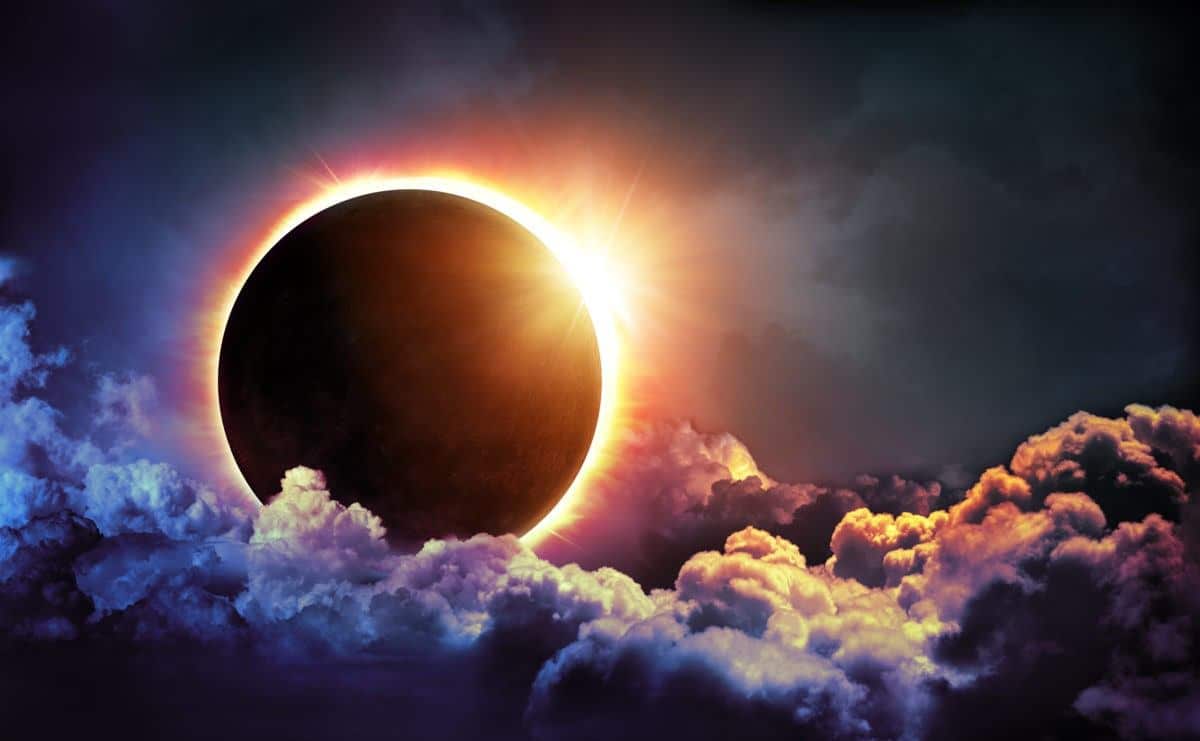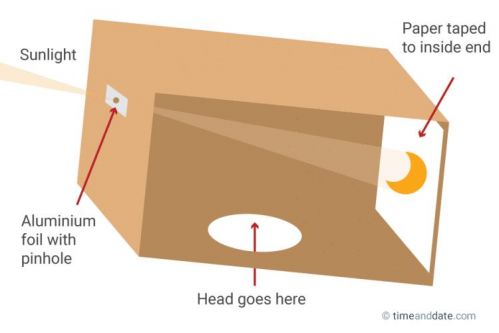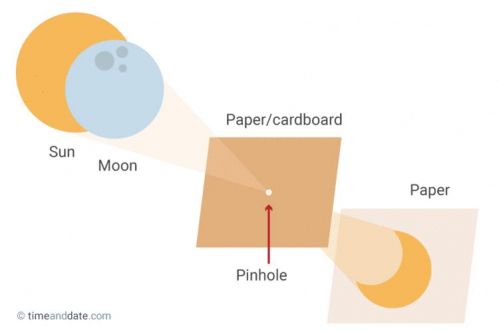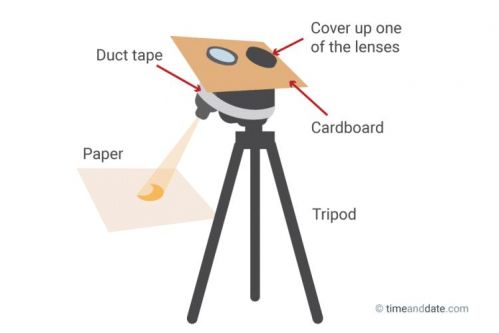How to Watch Today’s Solar Eclipse
August 21, 2017 Category: Pop Culture
Click here to see Execulink’s Home Internet options
“… a total eclipse of the heart” is what runs through my head every time I hear someone mention the eclipse that is about to happen this afternoon. That’s right, there is a total solar eclipse happening today, although certain areas of the world will see the total eclipse while others will only see a partial eclipse. If you happen to be in Huston, Idaho, Casper, Wyoming, or Lincoln, Nebraska, you will be lucky enough to see the total solar eclipse, but if you are like me up and live in Southwestern Ontario, we will see a partial solar eclipse. So now the questions are when, what, and how?
When:
The solar eclipse will take place today, August 21, 2017 between 1:06 pm to 3:48 pm. The max coverage that we will be able to view will occur at 2:29 pm. The last time a total solar eclipse happened was in 1979, 38 years ago!
What:
A total (or partial) solar eclipse occurs when the moon passes between the sun and earth and blocks either all of or part of the sun (depending on where you live). The longest time period that the sun will be completely covered is 2 minutes and 40 seconds. The eclipse is dangerous to be viewed with bare eyes except for when the sun is completely covered by the moon.
How:
An eclipse is not safe to watch with your bare eyes, sunglasses, or even through your phone (although you can take pictures with your phone as long as you don’t look at the sun yourself and have a filter over your lens). The dangers of watching the solar eclipse without protection is injury to your eyes or even blindness. If you are one of the geniuses who prepared for this global event and purchased solar eclipse safety glasses, go you! If you are behind on this, well it is time for arts and crafts! To safely watch the solar eclipse, you can either use eclipse glasses, solar filters for binoculars/ telescopes, or a projector. So how do you make your own projector? Look below to find two easy ways:
Box Projector:
What you will need: a long cardboard box (or two taped together) or tube, scissors, duct tape, aluminum foil, a pin, a sharp knife/ paper cutter, and a sheet of white paper.
What to do:
- Cut a rectangular hole at the end of the box (the longer the box, the larger the projected image will be).
- Cut a piece of aluminum foil slightly larger than the rectangle you cut out in the box (make sure your foil doesn’t crinkle).
- Tape the foil over the rectangle and poke a tiny hole in the center of the foil.
- Tape your sheet of plain white paper inside the box across from your rectangle.
- Stand with your back to the sun and place the box on your head with the pin hole facing the sun while you look at the white paper.
Tip* if you are using a tube, put the pinhole at one and the white paper at the other. Then cut a rectangle at the end with the white paper for you to look through at the white paper. Stand with your back to the sun and the pinhole facing the sun.
Simple Card Projector:
What you will need: 2 pieces of stiff, white cardboard or 2 pieces of plain white paper and a pin.
What to do:
- Make a tiny hole with the pin in one piece of the paper or cardboard.
- With your back to the sun, hold the paper with the hole above your shoulder so that the sun will shine on the paper.
- Hold the second piece of paper or cardboard at arm lengths away allowing the image of the sun to project onto that piece of paper. The farther away your second piece of paper is, the larger the image will be.
Binoculars Projector:
What you will need: binoculars, duct tape, a sheet of white paper, and cardboard.
What to do:
- Put the binoculars on a tripod of some sort and use the duct tape to secure them.
- Trace the lenses of the binoculars on the cardboard and cut out the holes.
- Tape the cardboard in front of the binoculars so that the lenses stick out of the holes (make sure there is no space between the cardboard and the binoculars).
- Direct the binoculars toward the sun and place the sheet of white paper on the ground below the eyepiece.
- Move the paper around until you are able to see the sun’s image projected on the paper.
If you do not have solar glasses or time to make a projector, you are always able to watch NASA’s live stream of the solar eclipse at: https://www.nasa.gov/eclipselive/#NASA+TV+Public+Channel
So go outside, or stay in and enjoy watching this celestial event!
Sources:
https://www.timeanddate.com/eclipse/make-pinhole-projector.html
https://eclipse2017.nasa.gov/eclipse-who-what-where-when-and-how
Click here to see Execulink’s Home Internet options







